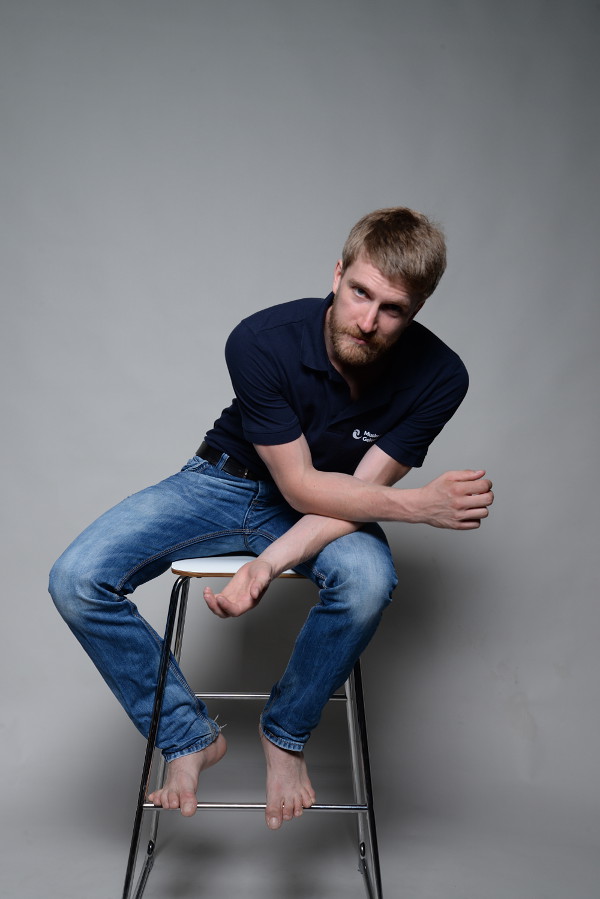Take a short break after about 30 seconds and let your arm hang loosely for about a minute.
Focus on what your forearm feels like, take a few deep breaths and relax.
Repeat the process, but with a difference.
This time you don’t make a fist, instead you are going to rotate your wrist.
Here again, you should try to find painful spots and concentrate on them.
Start out doing the massage on the inside of your forearms cautiously and pay attention to how your body is reacting.
If the massage is too brisk, you might temporarily worsen your carpal tunnel pain.
Although this is not dramatic, it is unwanted.





